Twitch is making another run at live commerce, and this time they've got Amazon's full advertising arsenal backing the play. The gaming-focused streaming platform has rolled out fresh live-shopping capabilities powered by Amazon Ads, marking a significant shift in how streamers might monetize their content. This isn't Twitch's first rodeo with shopping features, they experimented with similar functionality back in 2017 before pulling the plug, according to StreamsCharts. With live commerce exploding across the industry and reaching an estimated $35 billion in the US market by 2024, as tracked by 42signals, the timing feels different this round. Today's market conditions, from improved streaming infrastructure to changed consumer habits post-pandemic, create a foundation that didn't exist during their first attempt. What's driving this renewed push, and can Twitch crack the code that blends gaming culture with seamless shopping experiences?
What this means for the streaming landscape
Twitch's renewed push into live commerce mirrors a broader shift toward integrated shopping experiences that go well beyond traditional ads. As creators hunt for new revenue beyond ad splits and subscriptions, shopping features offer a direct way to turn engagement into sales, according to StreamsCharts analysis.
Seamless in-stream purchasing lets viewers buy during live broadcasts without leaving the platform, creating smoother conversion paths, as noted in the same report. That removes a classic pain point in influencer marketing, where viewers had to remember a product, switch apps, and finish a purchase somewhere else.
What stands out now is how the format combines the feel of in-store browsing with online convenience and reach, according to Amazon Ads research. Live shopping turns passive watching into active buying in a way that feels organic.
Looking ahead, the format has room to grow as consumers get more familiar, according to Amazon Ads research. For Twitch, success likely hinges on three things, keeping the platform's authentic community feel while adding commercial elements that enhance rather than interrupt, leaning into gaming culture's love of demos and exclusive access, and using Amazon's infrastructure to match creators and brands with precision.
The Amazon integration supplies the technical foundation and brand relationships to scale. Execution will decide whether this attempt succeeds where 2017 fell short. The difference this time might simply be timing, consumer behavior and infrastructure have matured enough to support sustainable live commerce.
Bottom line, Twitch is betting that gaming culture's emphasis on community and real-time interaction is the perfect soil for live shopping to grow. I think the bet makes sense, though the margin for error is thin. If Twitch can balance commerce with the authentic experiences that built the platform, it could pioneer a model for how entertainment platforms monetize engaged communities without breaking what makes them special.







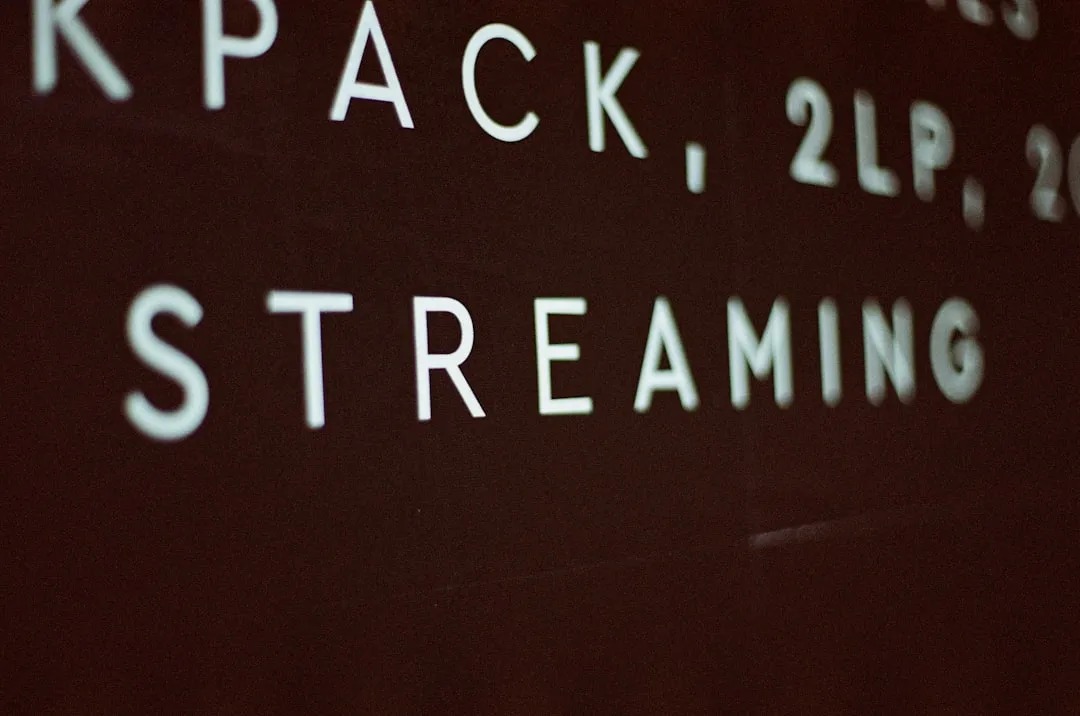
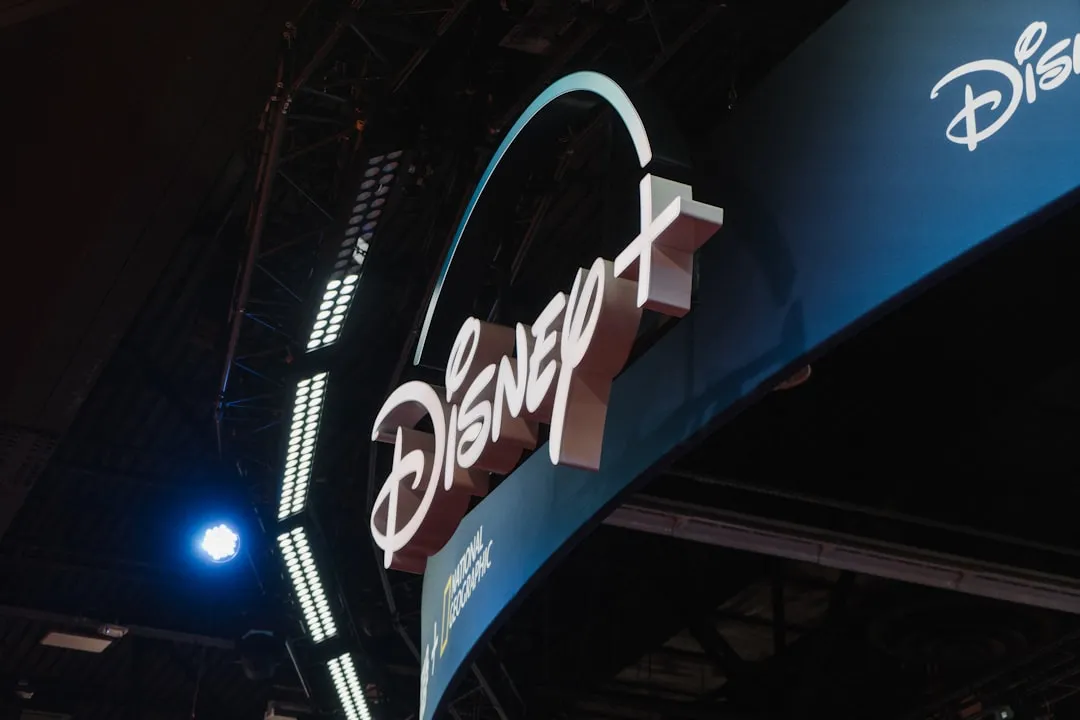
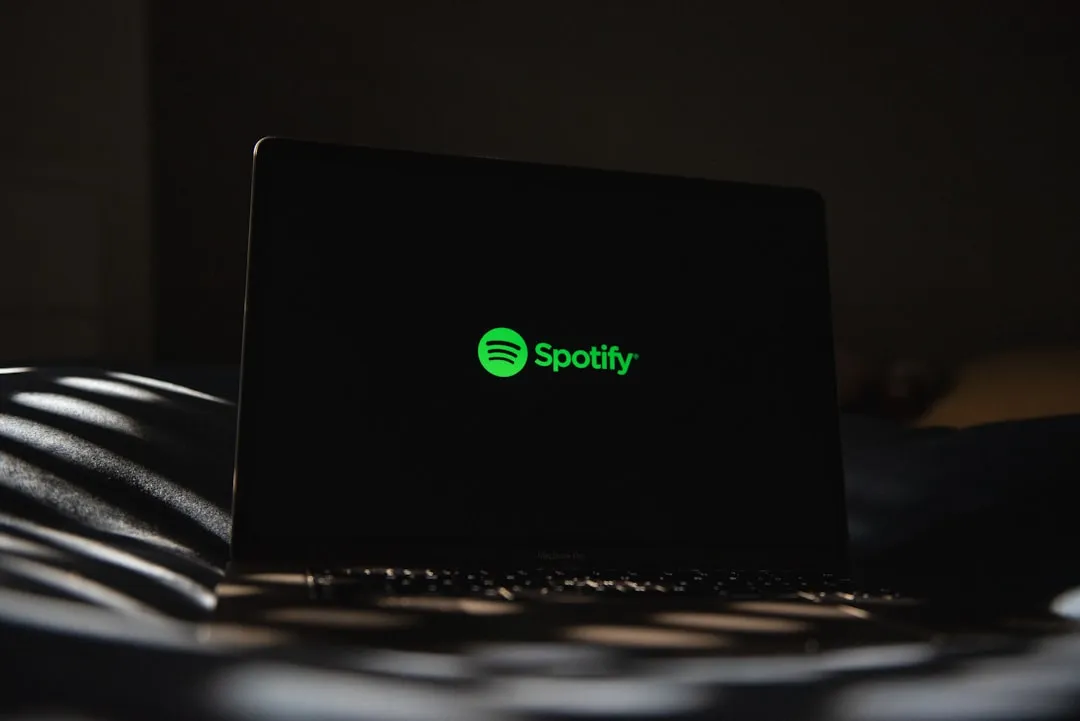


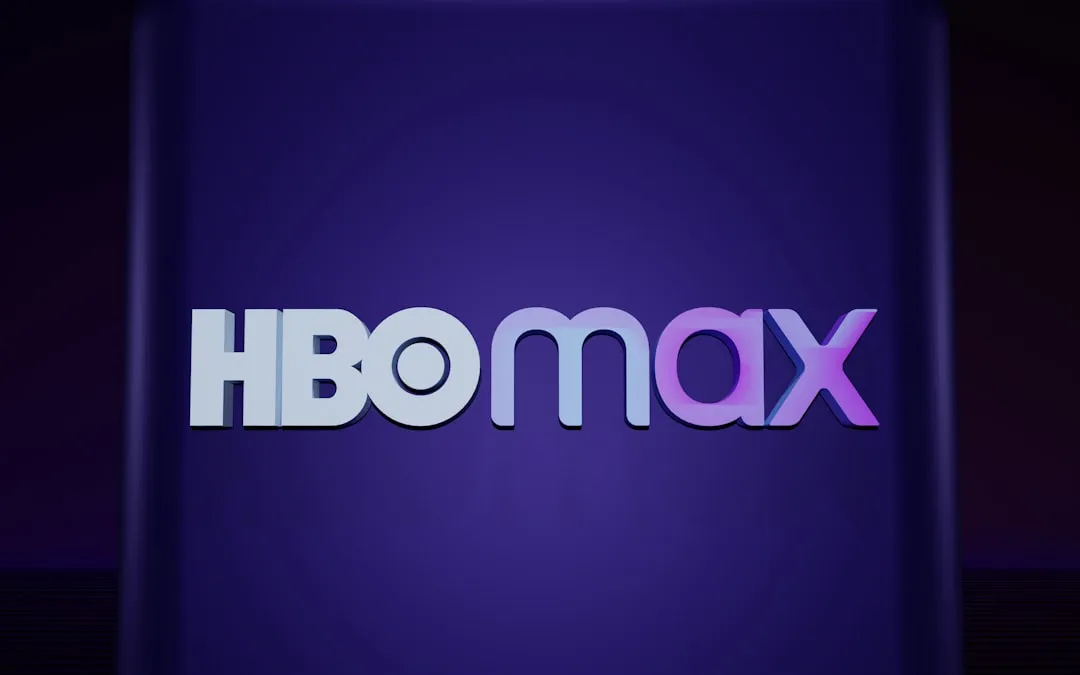
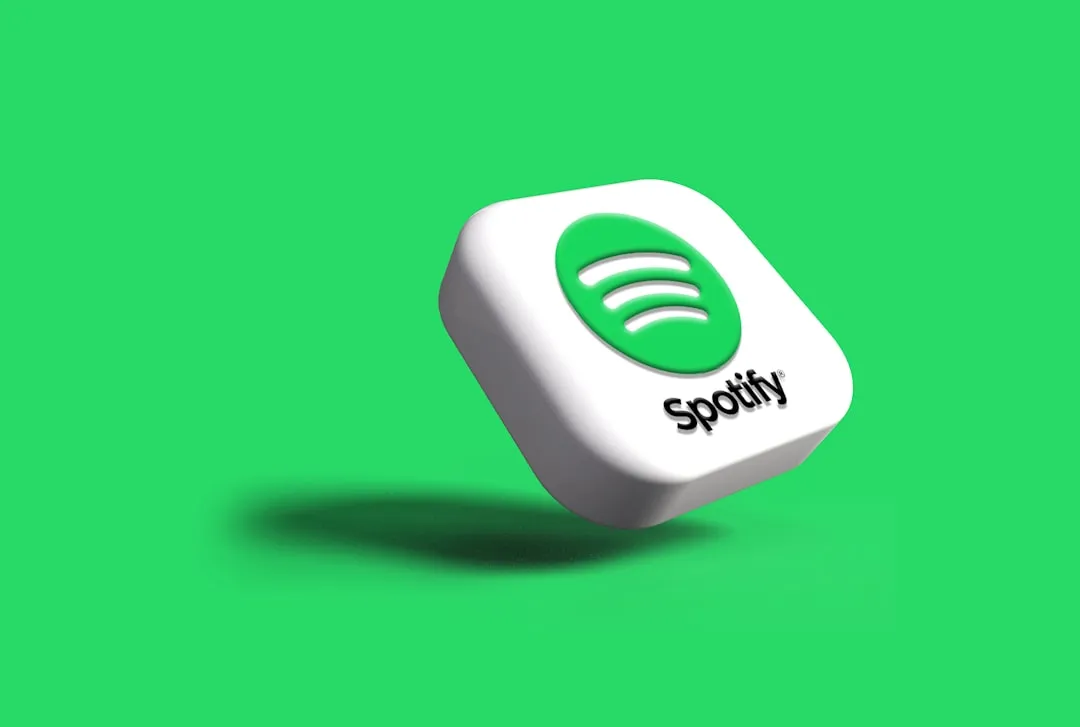
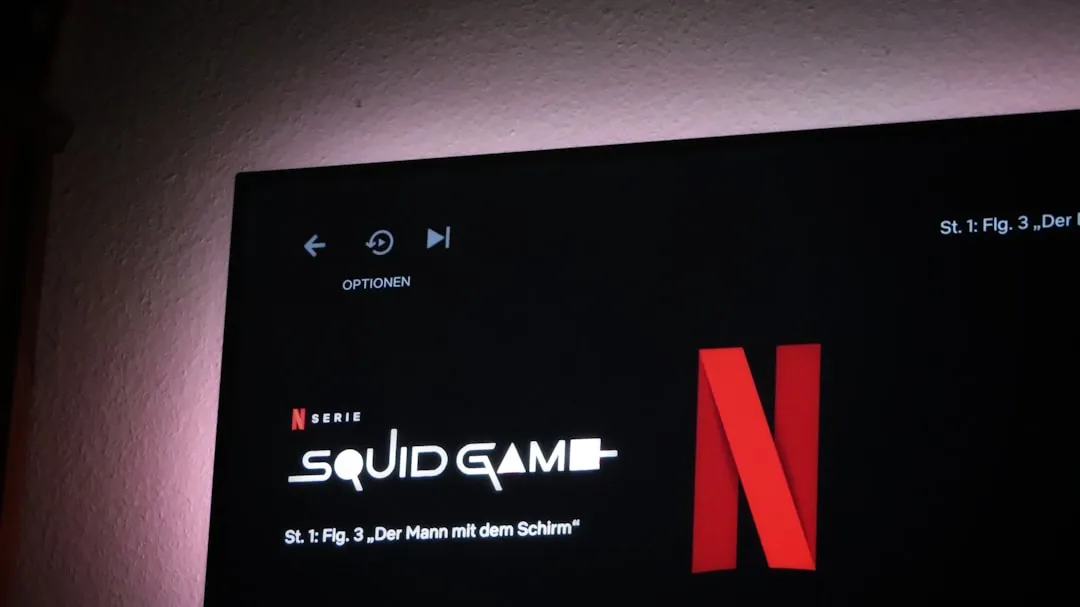
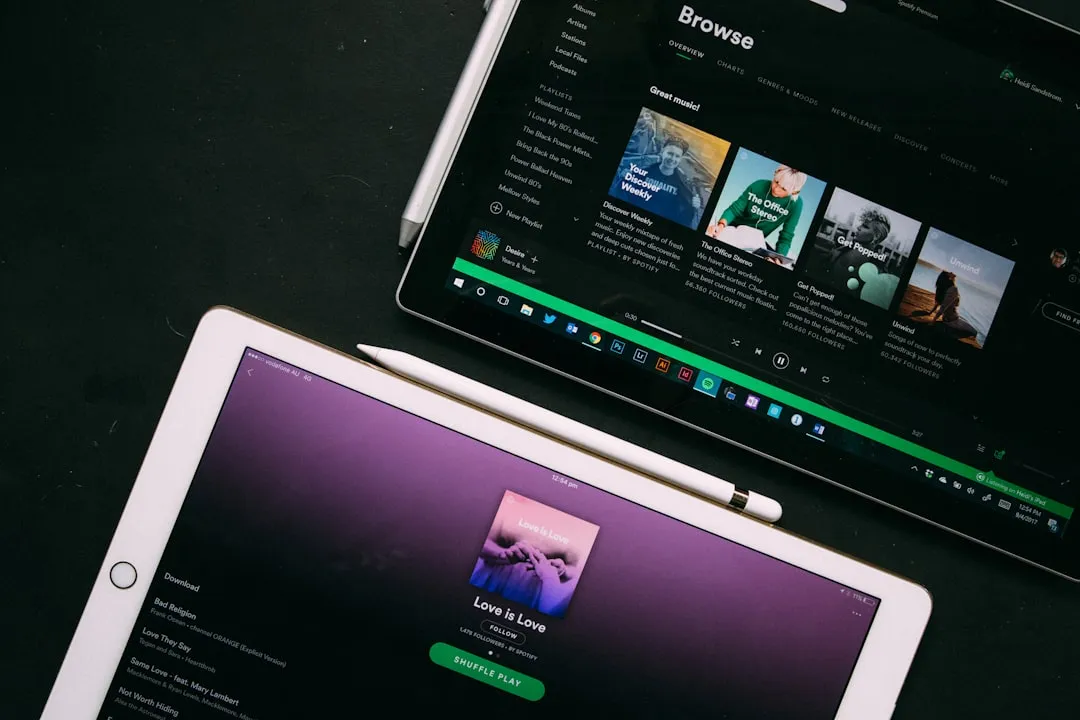


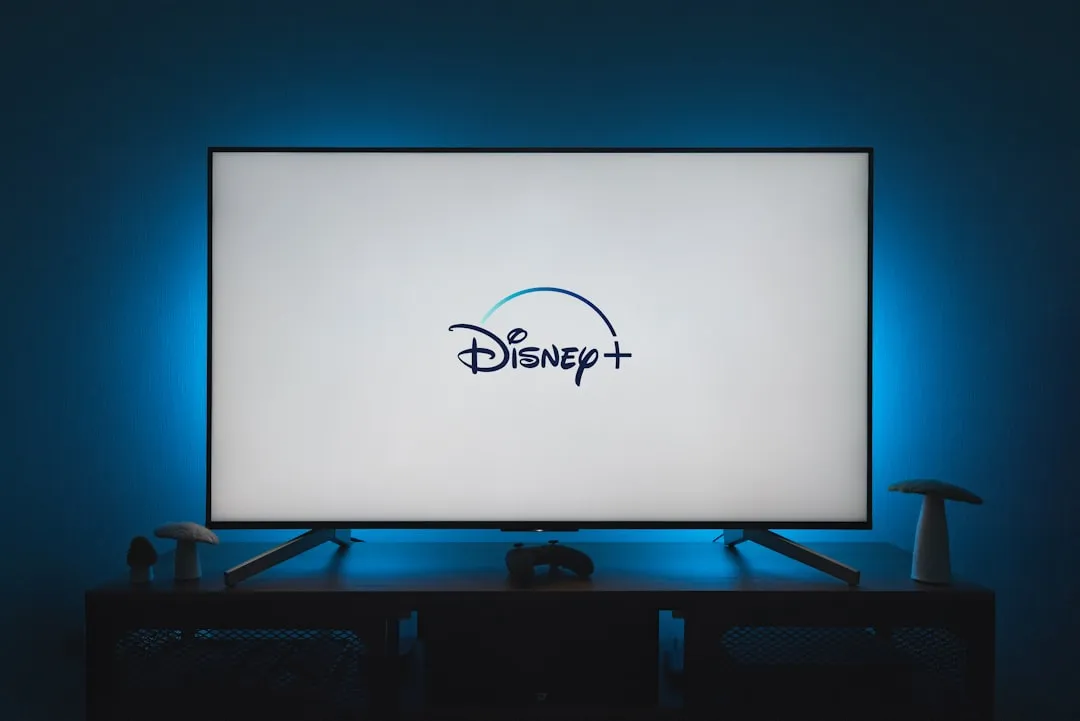


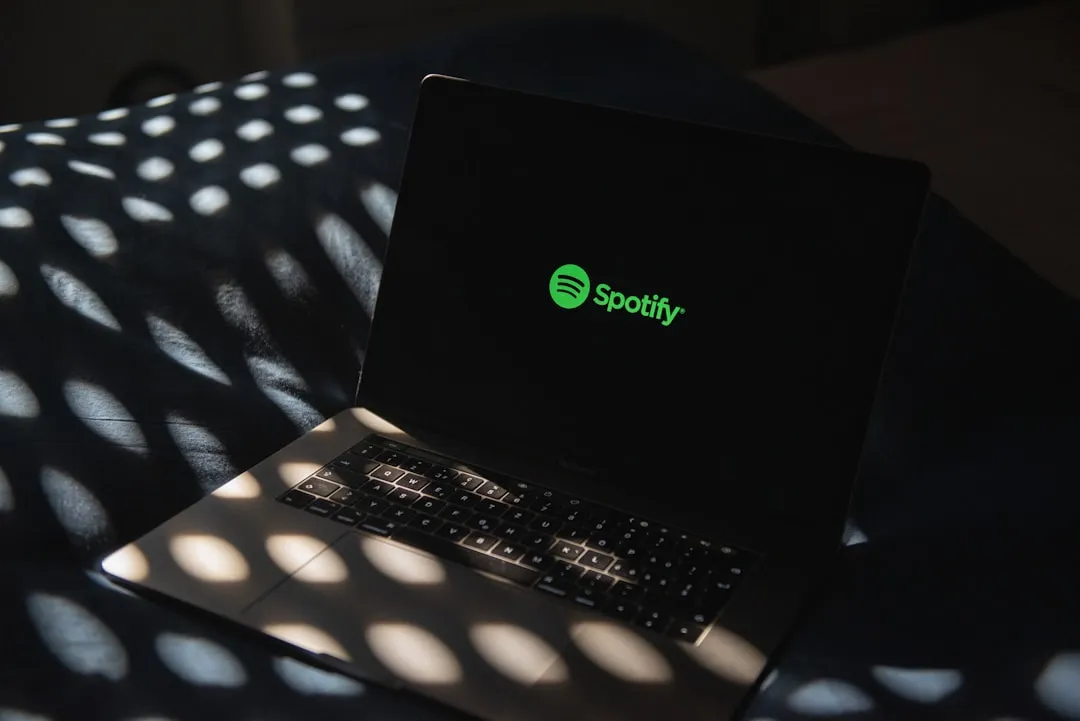


Comments
Be the first, drop a comment!